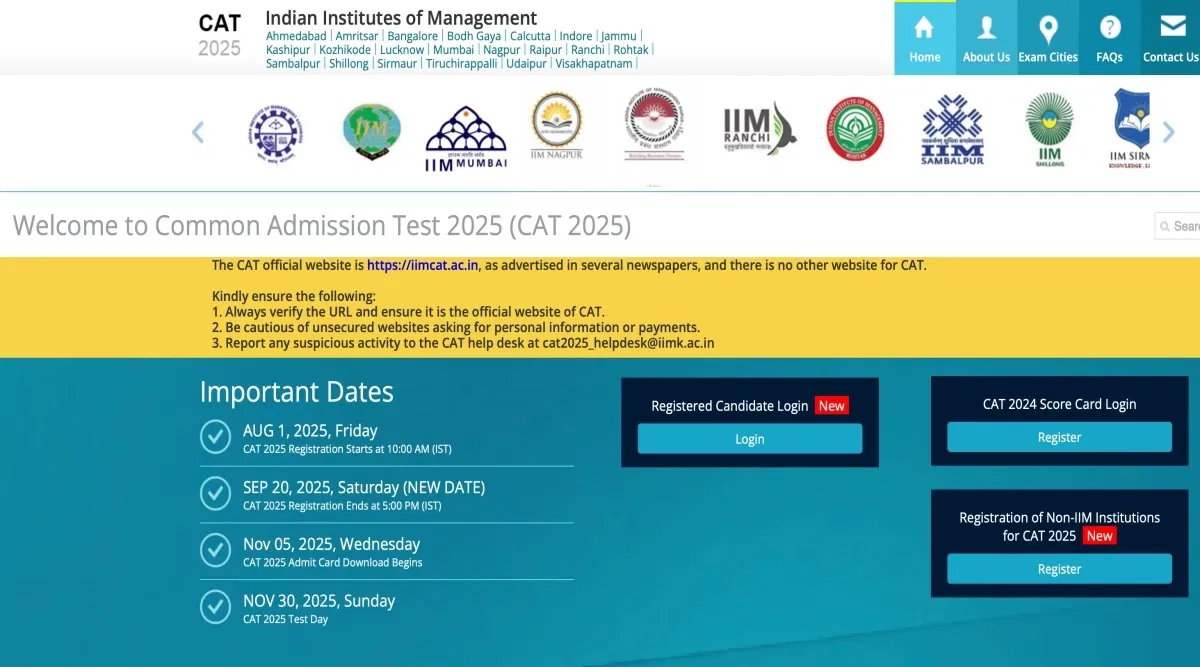Though closely interlinked, there are fundamental differences between sales and marketing to be aware of, which plays a vital role in the business's survival in the long run.
Table of Contents
The key difference between sales and marketing is that sales are the exchange of goods and services for money, whereas marketing is a broad term involving a chain of activities that includes promotion, price, place, and sales. In addition, marketing focuses on customers' needs, whereas sales stress the needs of the company.
Difference Between Sales and Marketing
As we all know, sales and marketing are closely associated with each other. The main objective of both processes is to increase the revenue of the organization. It is hard to realize the difference between sales and marketing as they are closely intertwined.
However, in a small firm, one cannot find any difference between sales and marketing. It is the other way around in the more prominent firms as there is a clear distinction between sales and marketing with specialized people working independently.
- What is Sales?
In simple terms, it is selling what's in stock.
- What is Marketing?
In general terms, it's aligning with customers, now and for the future.
Sales vs Marketing Comparison Chart
In general and straightforward words, the major difference between sales and marketing is that sales are termed as a procedure that targets individuals or small groups. In contrast, marketing deals with a larger group or the general public.
Marketing has a more significant scope that starts even before establishing a product/ service by identifying the customer's needs; it is called market research, developing the innovative product and promoting it through the proper channel. The channels of promotion are identified by analyzing the market condition.
Once the product is out in the market, it is the job of the sales representative to approach the individual or smaller groups to sell the product. Thus, sales also can be said to convert the prospect into customers.
Here are a few significant differences in marketing and sales.
| Factors | Sales | Marketing |
|---|---|---|
| Orientation Based | Product-oriented | Customer-oriented |
| Approach | Fragmented approach | Integrated approach |
| Prime Focus | Company needs | Market (Customer) needs |
| Scope in the Field | It is related to the ease of the flow of goods to customers. | It is related to all the activities which facilitate the flow of goods to customers. |
| Duration | Short term | Long Term |
| Connection | One to One | One to Many |
| Target | Individual or small group | General Public |
| Activity related to | Individual Person | Media |
Marketing involves a more protracted process of building a brand name for the company. Marketing makes the products move to the hands of the customer with fewer efforts. The marketers make people buy the products even if they do not need them, whereas sales involve the short-term goal of finding the target customers and selling them to them.
Marketers act as a watchdog to update the product/ service according to the change in need of customers. Sometimes the marketers also try to create a new condition or habit in the customers' minds to penetrate the products to them.
As an example, we all know how the telecom company JIO changed the perception of the internet usage of Indians. The company successfully changed the usage quota of customers from 1 GB per month to 1 GB per day.
Sales and Marketing Process
The difference between sales and marketing is marketing serves as the helping hand to the sales. It does all the groundwork in favour of the salesperson to approach the customers. Sales can be directly into the customers, whereas marketing uses many methods like advertising, brand marketing, public relations, and viral marketing to create an awareness of the product. It also deals with retaining existing customers.
It is said that the expense incurred for a prospective customer is much higher than that of maintaining the existing customer. Hence marketers play an essential role in retaining the current customers, thus increasing the company's revenue. Sales deal with interpersonal interactions.
Sales involve:
- One-on-one meetings
- Networking
- Calls incurring more expense with less return on investment as compared to marketing
Another difference seen is that in some cases,
- The sales involve one-time selling.
- Marketing opens an avenue to build a relationship between the brand and the customer.
Sales techniques and strategies are based on what it takes to close the deal. The companies usually set the sales target on a shorter period, such as weeks, months, or quarters. Sales play a crucial role in smaller companies where the marketing strategies are not up to the competition or lousy marketing strategies. Sales activities are usually done by an individual with planning and execution in a smaller period, whereas marketing is the effort of the whole group and is time-consuming.
Marketing and Sales Tools Resources
The introduction of new tools in sales and marketing depends on Technology, Artificial intelligence, Machine Learning, Cloud Computing, etc., which are the more modern references (tools) in the market.
Below are the different types of Marketing and Sales tools.
Marketing Tools
Marketing tools are as follows.
- Conversion Rate Optimization (CRO)
- Search engine optimization (SEO) tool
- Project management tool
- Data reporting software
- Content creation tool
Sales Tools
Sales tools are as follows.
- Documents tool
- Meetings app
- Invoicing software
- Email management tool
- Inventory and order management software
Sales and Marketing Strategies
Marketing teams can take diverse strategic approaches based on the type of campaign and customer they're targeting. Sales use Push Strategy to bring revenue to the company. Push Strategy refers to the planning and technique used to push the product to the customers.
Marketing uses both Push and Pull Strategies to increase the revenue of the company. Pull Strategy refers to the planning and techniques which make the customer attracted to the product.
Conventional marketing strategies include,
- Internet marketing
- Print marketing
- Blog marketing
- Search engine optimization
- Social media marketing
- Video marketing
Similar to marketing strategies, sales methods can vary depending on their industry, products, market, and target customer.
Some of the sales methodologies are,
- SPIN Selling
- Solution Selling
- NEAT Selling
- Conceptual Selling
- SNAP Selling
- Customer-Centric Selling
- Inbound Selling
- MEDDIC
- The Challenger Sale
- The Sandler System
Each of these sales strategies helps a buyer solve a problem, achieve a goal, or increase revenue. And, the sales team's selling method will lead to a sale and a new customer.
What is Sales?
A sale is a transaction or business between two or more parties, i.e., a seller and a buyer, where goods or services are exchanged for money or other assets.
For example, an individual purchases their first property, a sale occurs when that property is sold to the buyer. Sales is carried out in different layers, from introducing the property to investment.
Sales are the transfer of ownership of goods from the manufacturer to the end-users in exchange for money or any other consideration. The objective of sales is to instigate or manipulate shoppers so that they turn out as buyers.
What is Marketing?
Marketing refers to the activities a business does to promote or sell products and services to consumers. Marketing means understanding the requirements or needs of the customers.
The objectives are to identify the needs of customers and create products to satisfy their needs.
Difference Between Sales and Marketing with Example
Mr. Bond wants to open a shop in an area with a population of around 20,000, which will offer all Indian cuisines to the customers, as there is no other shop in the area.
For this, he arranges money, opens a shop for rent, purchases furniture, hires some good chefs, but after four to five months, Bond finds that all his savings and borrowed money are ending because there are not enough customers to give him good returns. (i.e., no sales is happening)
After that, he decides to advertise his restaurant through various media like radio, televisions, posters, newspapers, etc., and the results are positive. Then, he starts getting good profits from the shop, and the reason is marketing.
Sales and Marketing Key Points
Below are the key points of sales and marketing.
- Sales is a small concept, whereas marketing is a much deeper concept.
- Marketing involves a set of activities and sales in one part of it.
- Sales use Push Strategy, whereas marketing uses both Push and Pull Strategies in bringing revenue to the company.
- Marketing is a process that facilitates sales.
- Sales make the customer purchase the existing products, whereas marketing changes the product according to customer needs.
- The interests of the buyer are considered.
After reading the article, one might have outlined the difference between sales and marketing, which is the importance of sales and marketing in making the company survive. However, there are many other differences that one will interpret based on the above points.
The sale is a human-oriented function, so the personnel involved in the sales activity should be given proper training and incentives to boost their morale and earn higher revenues in return. On the other hand, marketing is media-oriented, so the best channels of advertising and promotion of goods and services should be adapted to have increased sales along with an enhanced brand image.























POST YOUR COMMENT